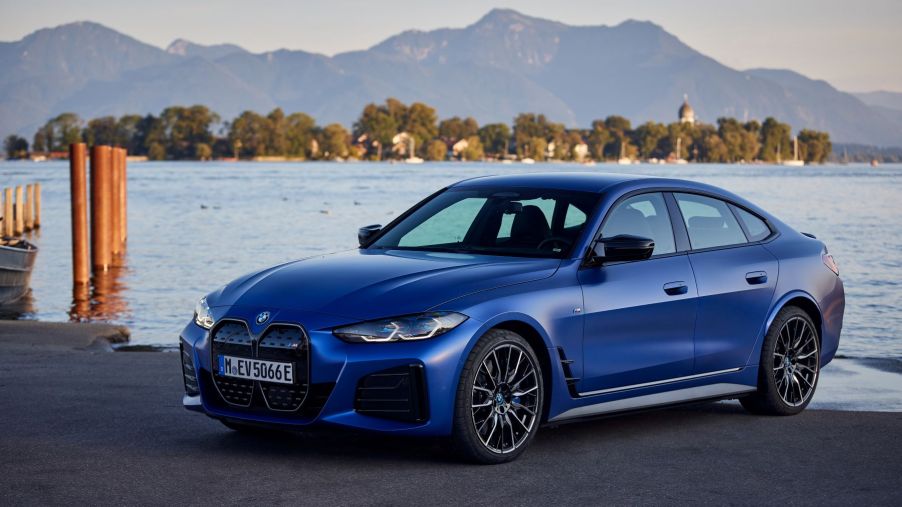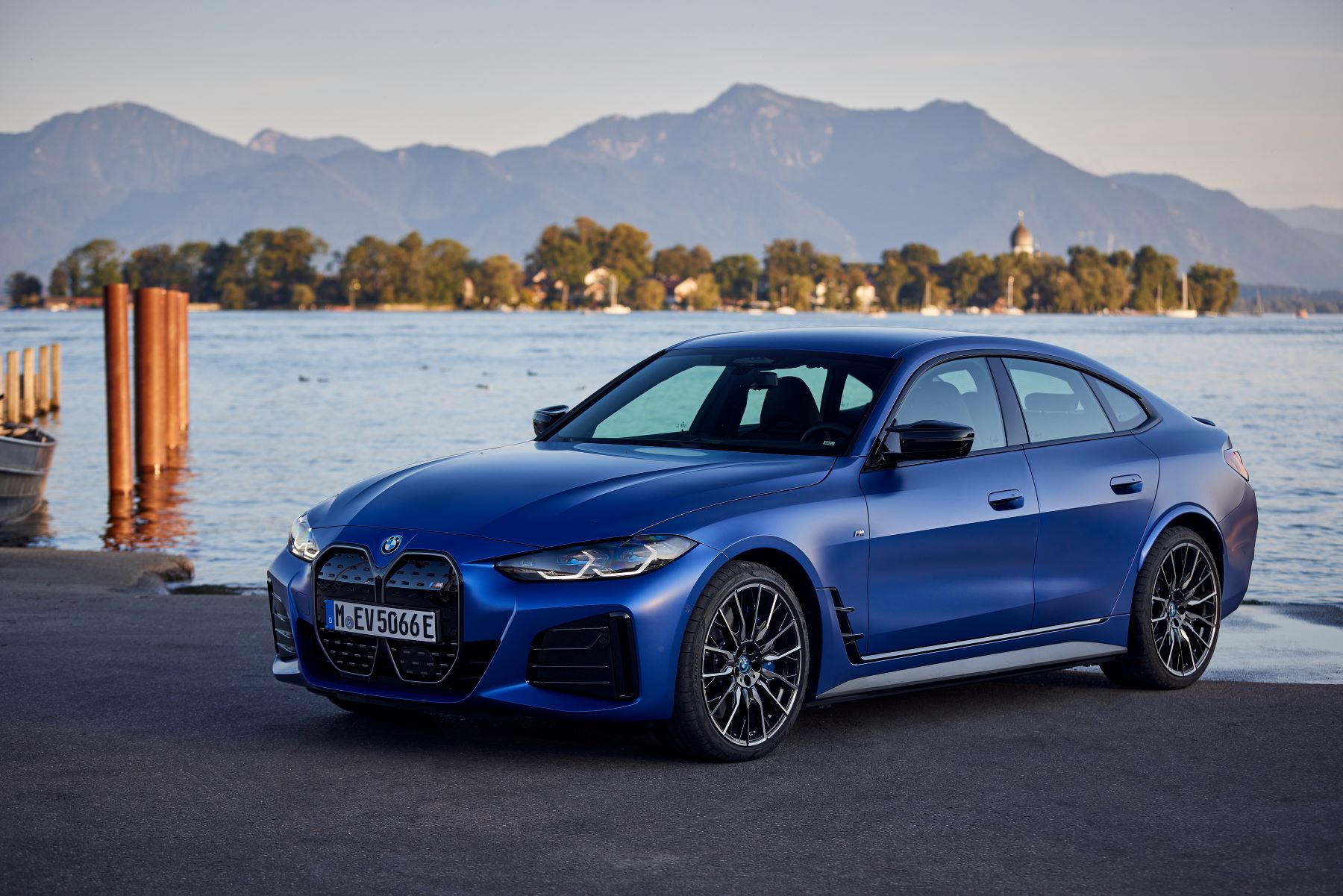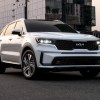
4 Advantages the 2022 BMW i4 Has Over the Volvo XC40 Recharge
The BMW i4 is dominating the market as one of the best SUVs in the EV market right now. Still, that doesn’t mean every single consumer with the budget for one is running out to buy one of these luxury electric vehicles. It always helps to compare your options to competitors and see if you’re making the right decision.
Today, we’re here to help you do that. Here are four reasons to consider the 2022 BMW i4 over the Volvo XC40 Recharge.
1. The BMW has a lower starting price

According to Edmunds, the starting MSRP for the 2022 BMW i4 is $55,400. Meanwhile, Edmunds states that the starting MSRP for the 2022 Volvo XC40 Recharge is $58,510. That means you’ll be saving $3,310 if you choose the i4.
You can either keep the money you save or use it to add some upgrades to your vehicle. According to BMW‘s website, you can upgrade your i4 from the standard trim to the Premium model ($56,250 MSRP) or the Sport ($59,350 MSRP) for around the same price as the XC40 Recharge.
You can also use the savings to customize your own model on BMW’s Build Your Own page, where you can choose from several upgrades, including:
- Motorsport form ($2,400)
- Metallic colors like Portimao Blue Metallic ($550) and Aventurin Red Metallic ($1,500)
- Vernasca leather interior ($1,450)
- Customizable Dynamic Handling Package (better brakes, suspension, etc.) ($1,750)
- Shadowline Package (bold aesthetic upgrades) ($400)
- Premium Package (heated front seats and ambient lighting) ($950)
- Miscellaneous accessories (BMW hub caps, upgraded tires, etc.) ($14-1,640)
2. The BMW i4 has more standard driving range
There was once a time when electric vehicles that got 300 miles of range were impressive. Now, as EV technology advances, that’s no longer the case. For the most part, EVs getting under 300 miles are behind the game. That is unless they’re using the battery to power a heavy vehicle stacked with luxurious upgrades or features like all-wheel drive (AWD), which can drain batteries faster.
Considering that the Volvo XC40 Recharge and the BMW i4 are competing models, you’d expect them to have similar ranges, right? No, not this time.
According to Car and Driver, the 2023 C40 Recharge has a range of just 223 miles (same as the 2022 model), while the i4 has a range of 301 miles. Car and Driver does go on to say that the i4’s AWD model has substantially less range — 245 miles — but this is still greater than the mileage of a standard XC40 Recharge. Pairing this with the higher price, we think the 2023 Volvo XC40 Recharge could have done better spec-wise.
3. More battery capacity for the i4
Speaking of specs, the battery capacity also marks an advantage the BMW i4 has over the Volvo XC40 Recharge. Consumer Reports says that the i4 has a capacity of 81.5 kWh. Meanwhile, the XC40 Recharge has a capacity of 69 kWh, according to Volvo. While the difference might not seem substantial, the battery capacity directly affects a vehicle’s range.
Not only that, but other car features can drain the battery faster (such as blasting the AC). Imagine expecting to drive around 200 miles on a single charge and finding out that the battery runs out 30 miles away from your destination and a charger isn’t nearby. This is a real fear people have known as range anxiety. To reduce that fear, getting a vehicle with a better battery capacity and higher estimated range is better.
4. The BMW i4 weighs less
While the 2022 Volvo XC40 Recharge is lighter than the 2022 BMW i4, the 2023 one isn’t. The 2023 model has a curb weight of 4,791 lbs, while the i4 weighs 4,680 lbs. Weight on vehicles isn’t often discussed because it doesn’t always directly affect performance. Still, U.S. News and World Report states that lighter cars are generally better since they require less energy to run and use less fuel (or, in this case, battery power) as a result.


